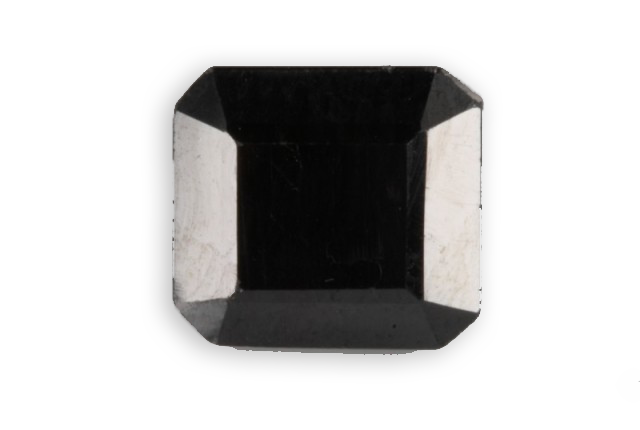
grey
Je vous emmène à travers mes vidéos découvrir mon expérience acquise depuis plus de 30 ans a silloner le globe entier à la recherche de pierres précieuses, de rencontre mémorables mais aussi de difficulté parfois …
actualités
Categories


muscovite
ck_admin
March 24, 2021
Discovered by the famous mineralogist James Dwight Dana in 1850, it owes its name to the “glass of Moscow” (vitrum muscoviticum), as the large plates, heat-resistant were used as windows for stoves and furnaces in this region. The hardness varies from one to two depending




lepidolite
ck_admin
March 24, 2021
Its name comes from the Greek “lepidos” for scale and “lithos” meaning stone, meaning a stone formed of scales stacked in staircase shape. Discovered in Moravia, Czech Republic, it is very close to another mica called muscovite, and for some it is not really a



